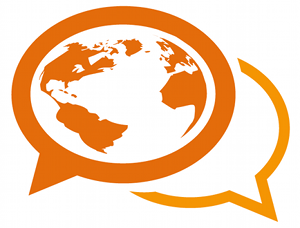This week at the Free and Open Source Software for Geospatial (FOSS4G) conference, here in Washington DC, my co-conspirators (thanks to many, including Robert Tomes, Ian Schneider, and Chris Holmes) and I launched the web presence for a little social venture of mine. It is basic, and very rough – but at www.mapstory.org you can see the beginnings of something that I have had brewing for quite some time.
When the WWW first popped up in the early 1990s, I was at Columbia University as an undergrad, working in the Provost’s Office, under Michael M. Crow and Jonathan Cole, when the Mellon Foundation launched a website called JSTOR.org. As an aspiring social scientist, this was a major event, as now I could word search, find, read online and print virtually every social science journal back to the 1880s. No more fistfull of dimes at the xerox machine anymore. The transformation of how social science knowledge was organized and shared was pretty amazing.
But, as a redneck who lacked the proper nouns to search and find what I wanted to know, I dreamt of a MAPSTOR.org that I could search spatially and temporally (you know, a bounding box and a time stamp) and find out what the preponderance of social scientists knew about what had been going on. And, the site could convey this information in MapStories – yes, a cute play on words.
Alas, it as just a casual thought that floated around my brain for some time. After all, I had a Masters and PhD to complete, a job to get, a beautiful bride to find and marry, children have and to raise, a home to create, etc. Of course, the bigger barrier was simply that web mapping technology did not even exist at that time. Nor did a business model for populating such a site. However, as I forged ahead on the lifepath outlined above, technology advanced (particularly license free, open source geospatial technology – thanks OpenGeo!), and crowd-sourcing business models proved their worth though projects like Wikipedia. So, when I had some flexibility in life in 2008, I decided to venture off and see what might be done to bring this dream to reality. It took a while, but here we are.
If this thing goes right, MapStory will serve as a new dimension to the global data commons (yes, we call it MapStory because the JSTOR lawyers were none too pleased! – and its a better name anyways) that enables everyone on earth to organize and share what they know about their world spatially and temporally, instead of encyclopedically the way Wikipedia allows. This data (what we call StoryLayers) will be shared with the world under a Creative Commons license, and perhaps someday we will have the technology to make them editable by the crowd the way a wiki works. Also, (again, if things go right) MapStory will empower people to publish their narratives (what we call MapStories) atop this data to a global audience. A global megaphone by which everyone can tell their stories about the world.
There are many technical and business model challenges ahead, but the OpenGeo technical community that has helped build MapStory.org using their open source geospatial software has gotten us off to a great start. And people have already come out of the woodwork with their very cool ideas about the kinds of StoryLayers and MapStories that should be available to the world.
Cross your fingers. Or even better, get involved! MapStory is an open platform for participation that anyone can shape and improve over time.
